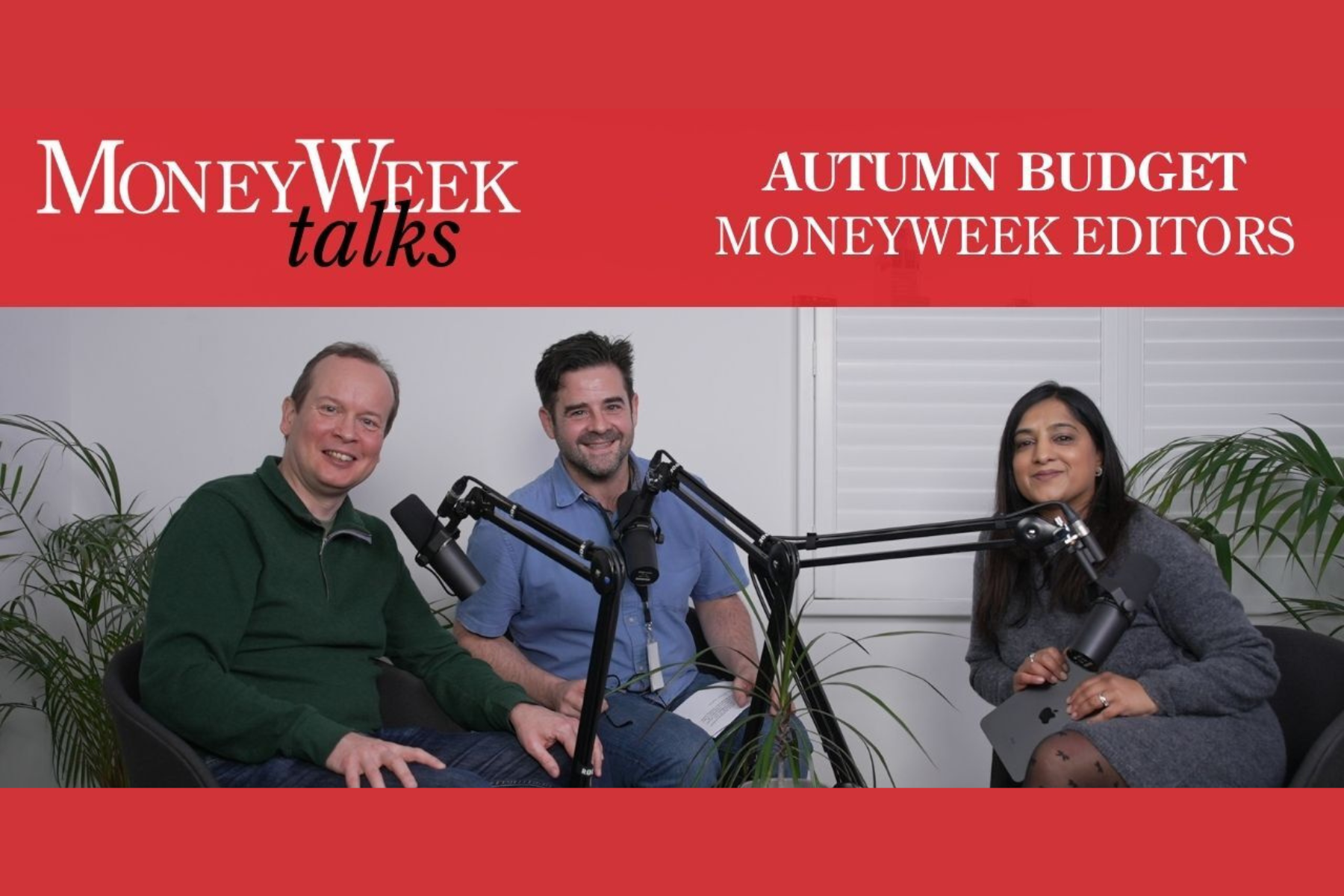Why central banks love inflation
It is often thought that inflation is the enemy of those trying to run the economy. But in fact, central banks these days need to keep inflation going at all costs to prop up our increasingly fragile economic system, says Richard Benson of Specialty Finance Group. And that means that the current US economic model has more in common with a banana republic than the Federal Reserve would like us to believe...
Orthodox economic training in the United States in the post-World War II world, centred on the observations of John M. Keynes who claimed that to keep an economy rolling, spending (aggregate demand) needed to be kept alive at all costs. The biggest post-depression fear was that saving too much could cause spending to fall short and recession, or worse, could befall the economy (from 1929 to World War II, the worse did happen).
The Keynesian trick used by the US central bank was to cut interest rates to a level low enough to encourage businesses to spend excess savings. Low interest rates encourage low financing costs and urge businesses to recycle savings into productive investment, which keeps the economy humming especially if consumer spending is weak.
In the hallowed Ivy League halls of academia (where this author spent too many happy years before having to work for a living), they preach that it is the government's duty, and the central bank's mandate, to spend and print money to keep the economy afloat. The Keynesian trick is certainly easier to pull off when there is some inflation and the Fed can drop interest rates.
MoneyWeek
Subscribe to MoneyWeek today and get your first six magazine issues absolutely FREE

Sign up to Money Morning
Don't miss the latest investment and personal finances news, market analysis, plus money-saving tips with our free twice-daily newsletter
Don't miss the latest investment and personal finances news, market analysis, plus money-saving tips with our free twice-daily newsletter
Interest rates that are below the rate of inflation clearly subsidise old and new borrowers alike, and give an extra boost to the economy. Subsidised borrowers borrow and always find ways to spend money. Even though this economic stimulus trick consisted of a little extra government spending, recycled savings, and credit creation, recycled savings gave the economy the biggest boost, with credit creation adding some inflation to the spending mix. Then, everything began to change.
In the late 1990's, this economic model was scrapped. After Alan Greenspan gave his famous "irrational exuberance" speech about the stock market, he stopped being rational and prudent, and became rational and profligate. He discovered that the stock market bubble fostered by too much easy credit made consumers feel really wealthy. By letting money and credit run wild the economy roared, and rising stock market prices created such a false sense of wealth that consumers stopped saving.
By 2000, Americans had hardly saved anything and domestic savings to recycle didn't exist. Around this time, Mr. Greenspan declared that "bubbles should not be popped" but the Federal Reserve's job would be to clean up the mess if the bubbles collapsed on their own. So, how does a popped bubble get cleaned up? With easy money, of course!
Cleaning up the first bubble required dropping interest rates to virtually nothing and creating an even bigger bubble in housing. The real estate bubble was far more powerful for spending because of the asset-backed and mortgaged-backed debt markets, which allowed for the virtually unlimited creation of new mortgage credit and money.
Moreover, it was seductive telling a potential homeowner to feel comfortable about spending a lot of money to buy a home because property values were always going up. By 2004, it was time to help another sitting President to get re-elected. The housing market was booming and home equity extraction added about $800 billion (a year) to spending, even though this spending left a massive trail of debt.
In looking back now, you can't help but notice how the economic model has changed. For decades, America had an economic model built around recycling savings into investment. In a few short years, those savings have simply vanished and our society has become comfortably cavalier about borrowing far more than they earn.
The first bubble in stocks taught Americans how not to save. The second bubble in housing taught them how to live off their house and spend even more than they make. From a macro-economic perspective, our country no longer has savings to recycle as part of a stimulus package. Instead, we are left with a massive debt to foreigners and it's growing at the rate of $700 billion a year. America's net debt to the rest of the world is approaching $3 trillion, with no end in sight.
It is important to note that the incoming Fed Chairman, Ben Bernanke, is the top academic student of the previous depression and a true believer in the power of the press; the Federal Reserve's printing press, that is. Mr. Bernanke believes we will always need some inflation, and the inflation and growth of money and credit must be kept alive. Despite the fact that total debt to GDP is now 310% (well in excess of the 290% it was before the 1929 crash), he is determined to keep debt and inflation growing. (For a balanced economy, total debt to GDP is about 150%). Today, it takes $4 of new debt to create just one new $1 of real GDP. Under Bernanke's watch, the Federal Reserve will have a lot of printing to do.
From an historical economic perspective, we are clearly in the middle of a very interesting time. Our post-World War II economic model is totally broken. If our economic model is built on spending, where will the new spending come from? The Achilles' heel for our economy is the fact that wages have not kept up with inflation and the average American worker has little or no savings, nor can they afford to service their debt and pay for the rising cost of living.
Without constant monetary stimulus, the credit-based U.S. economy would die. Our current economic model is similar to the one used by banana republic countries that are running hyperinflation and end up in hock to the IMF.
Hyperinflations are caused by extremely rapid growth in the supply of "paper" money. They occur when the monetary and fiscal authorities of a nation regularly issue large quantities of money to pay for a large stream of government expenditures. In effect, inflation is a form of taxation where the government gains at the expense of those who hold money whose value is declining. Hyperinflations are, therefore, very large taxation schemes.
America is now extraordinarily vulnerable to the whims of foreign governments. What if our creditors demanded a higher rate of interest? Perhaps they already have, and the Federal Reserve will have to raise interest rates higher than the capital markets currently expect.
What about the housing bubble? Mr. Bernanke may be left with only one course of action: Given house price inflation of 50 to 100% in some areas over the past few years, the Fed's goal for the next several years will be how to get inflation up without crushing housing prices because of rising interest rates. A housing price crash could severely affect the financial markets in our country and take the economic system down with it.
Mr. Bernanke has spent his entire adult life studying to prevent this from happening and I suspect he will do everything in his power to keep inflation going. When everything else is inflated, house prices (at their current levels) won't appear to be so over-valued. Getting money into the hands of consumers who can't tap their savings (because most Americans don't have any), or use their credit cards (because they're over-extended - welcome to the new bankruptcy law), or draw cash from the home equity loan ATM installed on the side of their house (housing prices are stagnant or falling), will be a real challenge.
To get money into the consumer's hands, the Fed will have to print more money and encourage the creation of more debt. Mr. Bernanke's illusion about dropping "money from helicopters" may actually come to pass as a direct way to distribute money to the consumer to service old debts and keep spending alive. The new economic model should be "inflate, or face deflationary collapse".
In reviewing my own personal financial returns last year, I realized the following. Even though cash performed much better than stocks without the risk or excitement it did not keep up with inflation. Also, the stock market (in the US) was flat but actually down after inflation. (The CPI underestimates actual inflation by 1.5 to 2 percent by excluding housing prices and using "hedonic price adjustment".) My family's portfolio of I-Bonds (inflation adjusted savings bonds) did better than cash and kept close to inflation, while our investments in gold and silver gave a strong real return after inflation.
For 2006 and beyond, I expect the inflationary war on savers will continue, and I just don't see how financial assets stocks and bonds will keep up. The preservation of real wealth at a time when the Federal Reserve will be dedicated to building debt, money and inflation, is not going to be an easy task; Good luck investing in the New Year!
By Richard Benson, President of Specialty Finance Group (www.sfgroup.org)
Get the latest financial news, insights and expert analysis from our award-winning MoneyWeek team, to help you understand what really matters when it comes to your finances.
MoneyWeek is written by a team of experienced and award-winning journalists, plus expert columnists. As well as daily digital news and features, MoneyWeek also publishes a weekly magazine, covering investing and personal finance. From share tips, pensions, gold to practical investment tips - we provide a round-up to help you make money and keep it.
-
 How much would it cost you to buy a house in Great Britain's happiest places?
How much would it cost you to buy a house in Great Britain's happiest places?Average asking prices for a property in the happiest place in Britain are below the national average
-
 How the Budget will hurt you: MoneyWeek Talks
How the Budget will hurt you: MoneyWeek TalksPodcast An Autumn budget podcast special episode, featuring MoneyWeek editors Kalpana Fitzpatrick, Andrew van Sickle and Cris Heaton.

